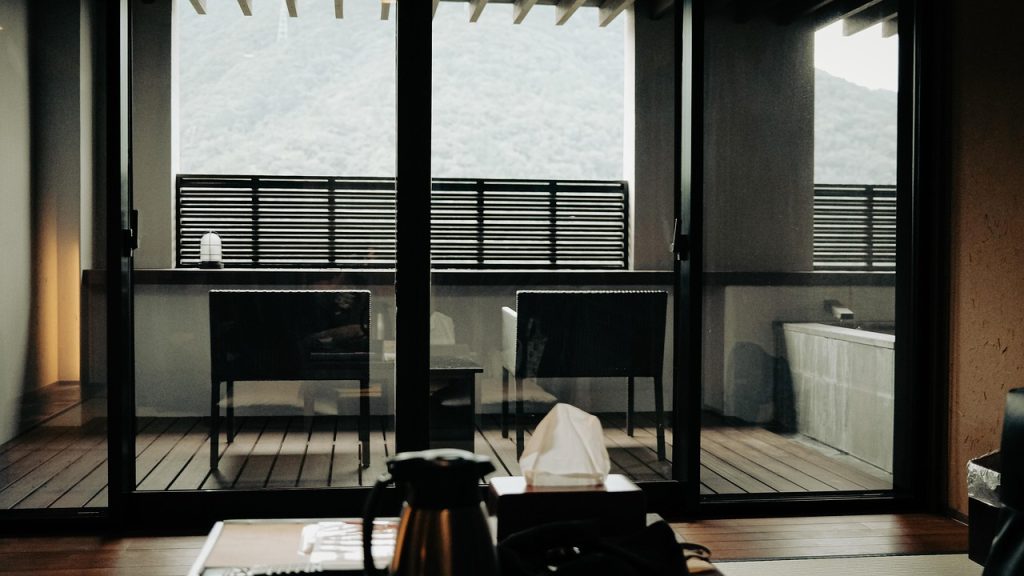Dining at a ryokan in Hakone is an experience that beautifully weaves the fabric of age-old Japanese culinary traditions into a sensory feast. This particular dinner featured the delicate art of shabu shabu, alongside sashimi, and a variety of side dishes that whisper tales of heritage and time-honored techniques. The meal is not just a sustenance; it’s a celebration of simplicity and sophistication that co-exist in Japanese cuisine.
Among the highlights was a whole grilled saba, a testament to the Japanese reverence for seasonal and fresh ingredients. Saba, known for its rich and oily texture, is a beloved staple that speaks to the heart of Japan’s coastal culinary identity. Although not pictured, its presence was certainly a key player in this symphony of flavors. Such dishes remind us of the importance of embracing the natural taste of ingredients.
Dessert at this feast was equally mesmerizing, featuring yuzu ice cream, matcha mochi, and aloe in rose sauce, crowned with a mini tart of Japanese yam. These sweet offerings show a harmonious blend of traditional flavors with a modern twist, all while maintaining a balance that is characteristic of Japanese desserts. Each bite seems to invite diners into a world where each component is thoughtfully curated.
Commenters were quick to express their admiration and curiosity, with one noting it was the best food they’d ever had. This echoes the sentiments of many who have embarked on similar culinary journeys, discovering that a meal at a ryokan is more than just food—it is a profound cultural immersion as reported by Reddit. Such experiences leave a lasting impression, making one yearn for the delicate balance and artistry that Japanese cuisine offers.
In a world where fast food often eclipses tradition, how do such timeless dining experiences continue to captivate our global palate? Perhaps it is the delicate dance between simplicity and complexity, or the reverence for nature and seasonality, that resonates deeply within us all. What do you think draws us to these cultural culinary experiences, and how can they inspire our everyday dining choices?


